Whiskers, also known as vibrissae, are not just charming facial features of our feline friends. They serve crucial functions that are essential to a cat’s sensory arsenal. These specialized hairs provide cats with information about their surroundings, playing a significant role in their everyday activities.
Sensitive Super Sensors
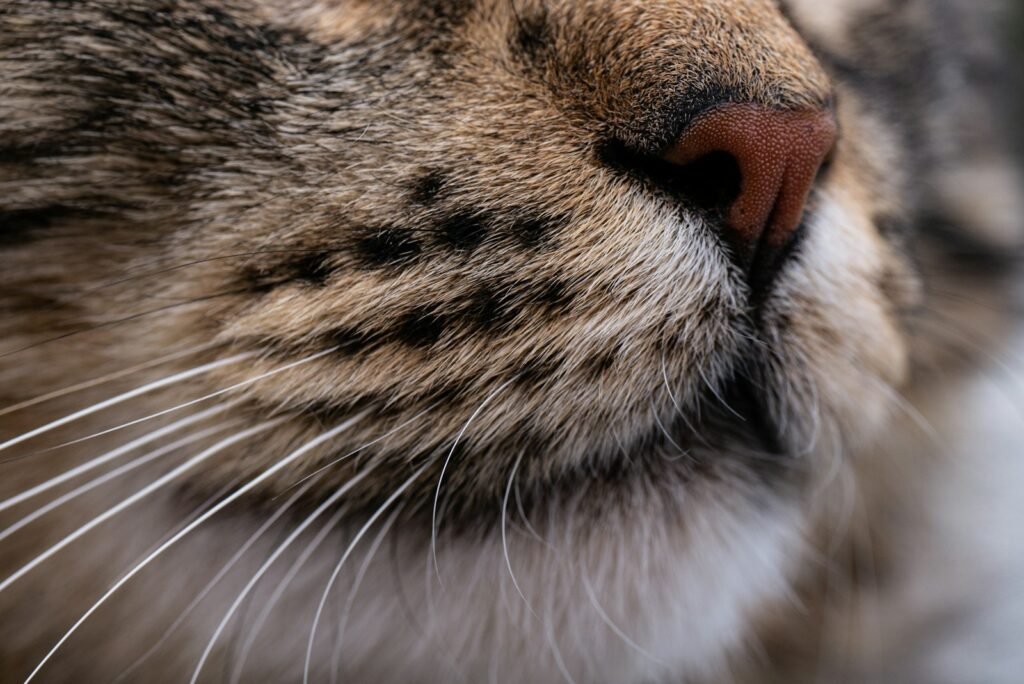
Cats’ whiskers are incredibly sensitive due to the dense concentration of nerve endings at their base. Each whisker is rooted in a follicle filled with blood vessels and nerves, allowing them to detect even the slightest change in their environment. This sensitivity helps cats sense nearby objects and navigate through tight spaces.
Whiskers as Balancing Tools
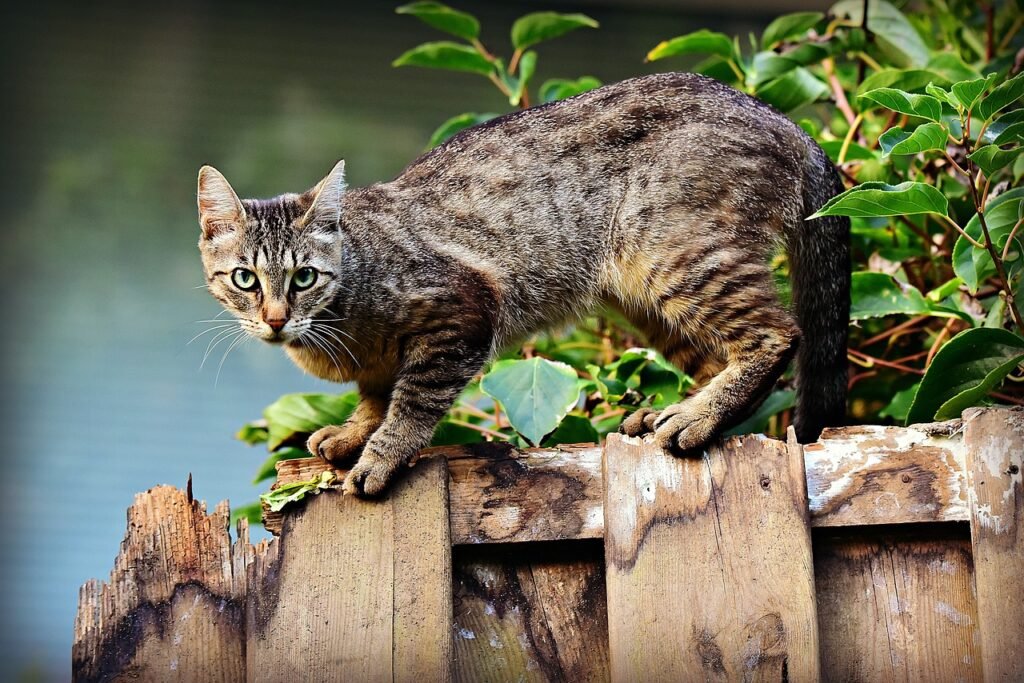
Beyond the sensational touch, whiskers contribute to a cat’s balance. Cats use them to measure distances and spatial awareness, which is crucial for their agility and adeptness in climbing or jumping. The whiskers help ensure their landings are precise, maintaining their elegant, confident movements.
The Gauge of Width
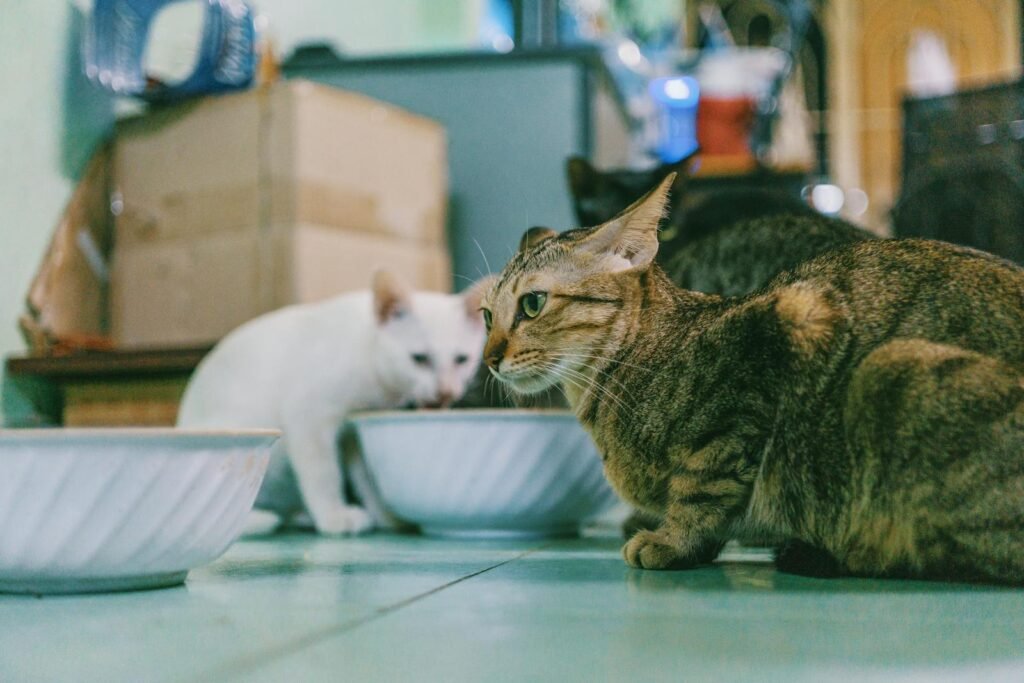
A fascinating aspect of cat whiskers is their utility as natural measuring tapes. The length of a cat’s whiskers is approximately equal to the width of its body. This allows cats to determine if they can fit through openings, preventing them from getting stuck in tight spaces.
Communication Through Whisker Positions

Whiskers are also communicative tools for cats. The positioning and movement of their whiskers can signal various emotions. Forward-facing whiskers indicate curiosity or excitement, while whiskers pulled back against the face may suggest fear or aggression. Observing these subtle cues can help us better understand our feline companions’ emotional states.
The Wide Reach of Whiskers
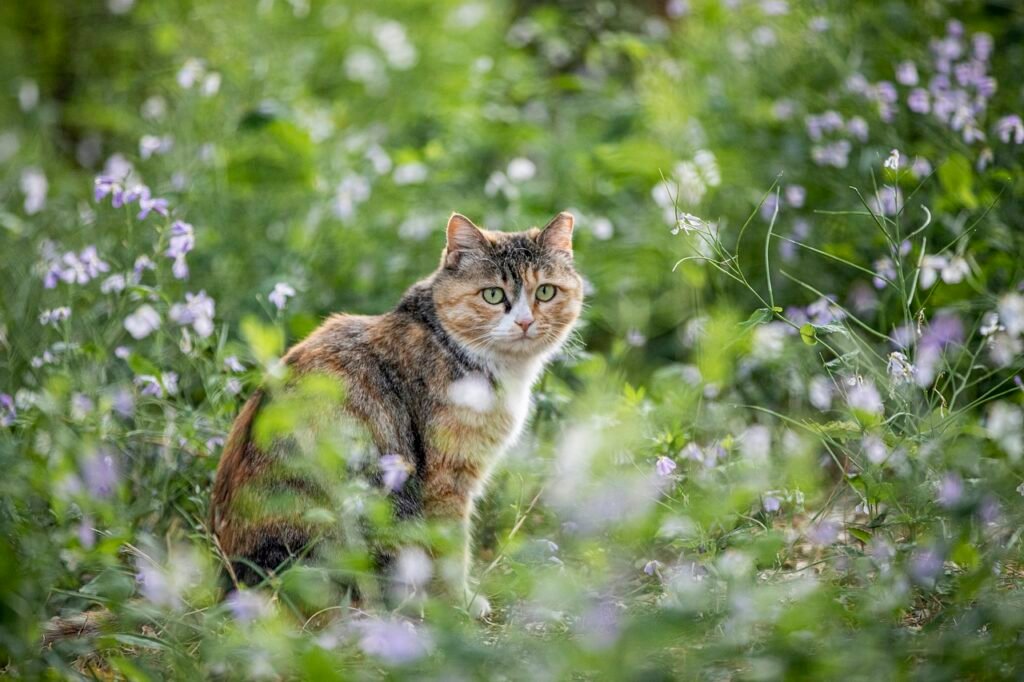
While most prominently seen on their face, whiskers are not limited to a cat’s snout. They also have them on the back of their front legs. These additional whiskers facilitate interaction with surrounding objects and aid in hunting, allowing cats to detect prey movement close to their bodies without needing to see it directly.
A Night Vision Supplement

Cats are known for their excellent night vision, but whiskers enhance this ability. In low-light conditions, whiskers help detect subtle air currents and vibrations around them, making it easier for cats to move silently and efficiently in the dark. This sense helps them become proficient nocturnal hunters.
The Fragile Nature of Whiskers

Despite their importance, whiskers are surprisingly delicate. It is essential never to trim or cut them, as doing so can disorient a cat. Losing whiskers can impede their sensory perception and ability to effectively interact with their environment. Fortunately, lost whiskers naturally regrow over time.
Whisker Fatigue: A Little-Known Phenomenon
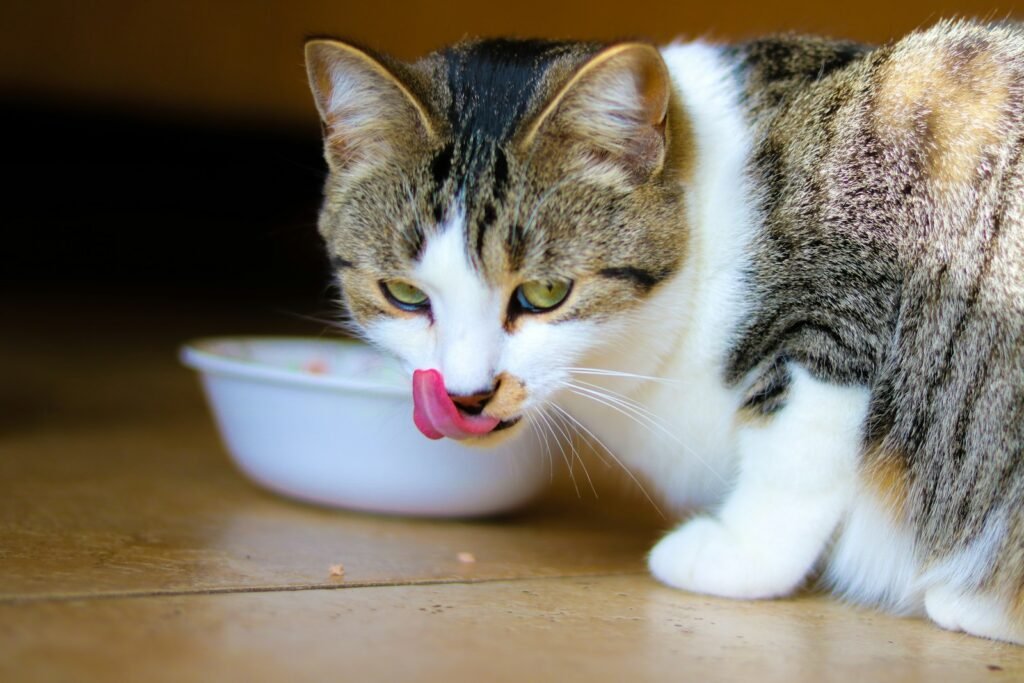
Whisker fatigue, an overstimulation of sensory inputs, can occur if the whiskers continuously touch surfaces or objects, causing stress or discomfort for cats. To prevent this, cat owners are advised to use wide, shallow food and water dishes, allowing the whiskers to avoid constant contact with edges.
Understanding Your Cat’s Whisker Signals
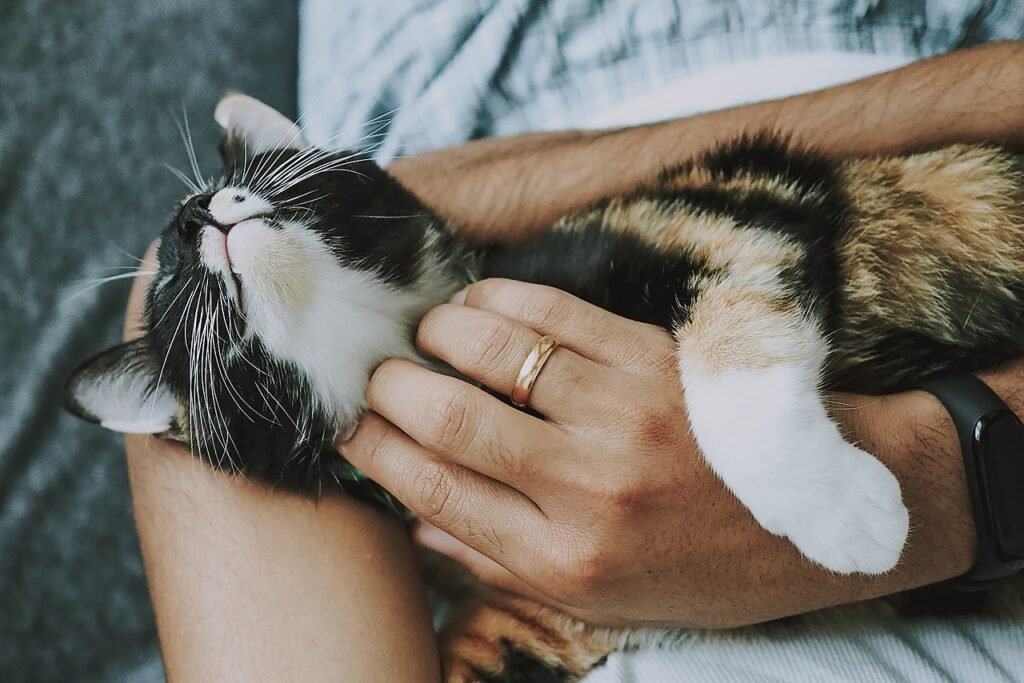
By paying attention to your cat’s whisker positions and behaviors, you can gain insights into their well-being and needs. Observing their whiskers can help create a more responsive and harmonious relationship between you and your feline friend, enhancing your ability to provide the care they require.
Hi, I’m Bola, a passionate writer and creative strategist with a knack for crafting compelling content that educates, inspires, and connects. Over the years, I’ve honed my skills across various writing fields, including content creation, copywriting, online course development, and video scriptwriting.
When I’m not at my desk, you’ll find me exploring new ideas, reading books, or brainstorming creative ways to solve challenges. I believe that words have the power to transform, and I’m here to help you leverage that power for success.
Thanks for stopping by, Keep coming to this website to checkout new articles form me. You’d always love it!






